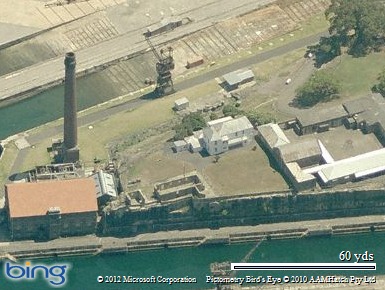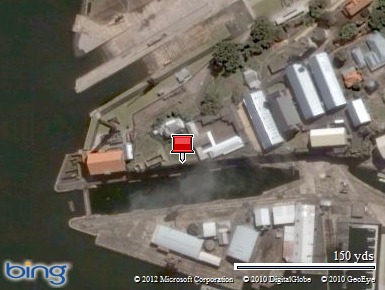Following on from the previous posts showing a 6” Breach loading Armstrong gun on a hydro-pneumatic carriage, I thought I’d tell a bit of the story of the cannon that features in the Yellow Pages add. The add shows a cannon inspector inspecting a large gun and commenting that “one of these went off at Yeppoon a few years back”.
The gun being measured is one of two 1867 Armstrong RML guns on the foreshore at Williamstown (there are two more at Fore Gellibrand). RML stands for rifled muzzle loader and therein lies the story.
Newcastle (UK) industrialist and inventor William Armstrong was inspired by reports from the Crimean War to develop improvements to British artillery. There are three major improvements attributed to Armstrong; the use of rifling, breach loading and the “build up” method of construction using wrought iron hoops. These produced a lighter more accurate artillery piece and Armstrong’s weapons were tested and adopted in the period 1855-58.
The original weapons were smaller pieces such as 40 pounders but despite some misgivings about the forces involved Armstrong was persuaded to make 110 pounders for the Royal Navy without trials.
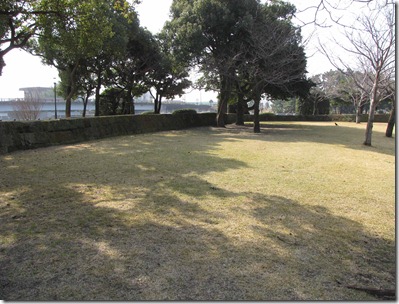
During the bombardment of these fortifications at Kagoshima in 1862 some of the Royal Navy’s Armstrong guns suffered from the breach mechanism failing.
By this time some improvements were made in shells which facilitated the muzzle loading of rifled guns and Palliser developed a method for inserting wrought iron rifled barrels into old cast iron cannon converting them into rifled muzzle loaders so the Armstrong breach loader was discontinued and Armstrong produced RML weapons from his factory at Elserwick. He produced some very large weapons indeed probably reaching the limits of what was practical using gunpowder and wrought iron.
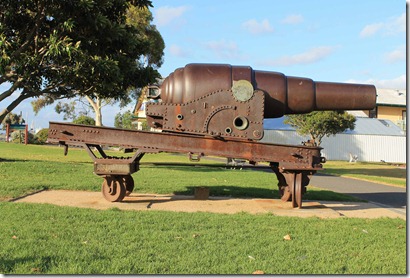
Here is one of the Williamstown guns in all its glory.

But lacking any real context.
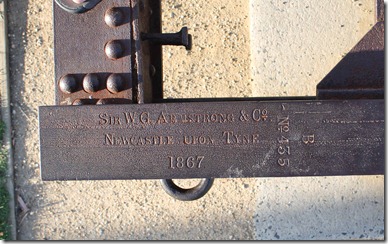
It is easy for the “Battlefield Archaeologist” when the manufacturer puts so much information on the weapon.
The Armstrong guns mounted on the H-P mountings were a generation on from the RML’s they had a new improved breach mechanism and were made from steel.
Steel? Well in the 1850’s steel making on a large scale only had just been developed with the development of the Bessemer converter but a decade or more was needed to develop a steel that would take the stresses in artillery tubes so the original Armstrong guns were wrought iron.

